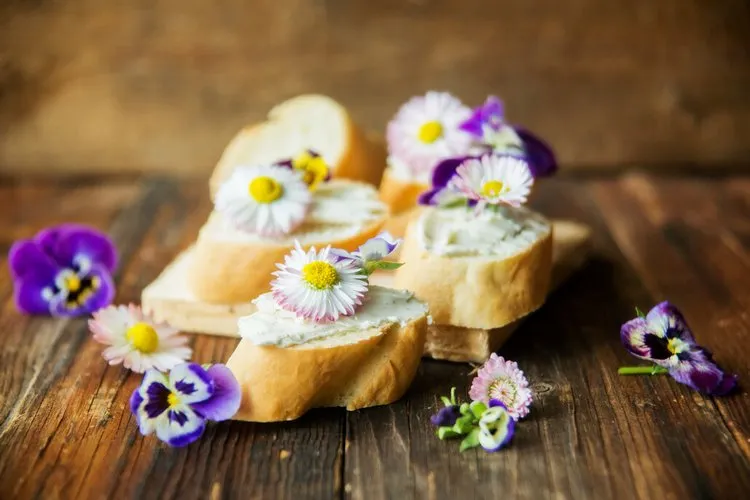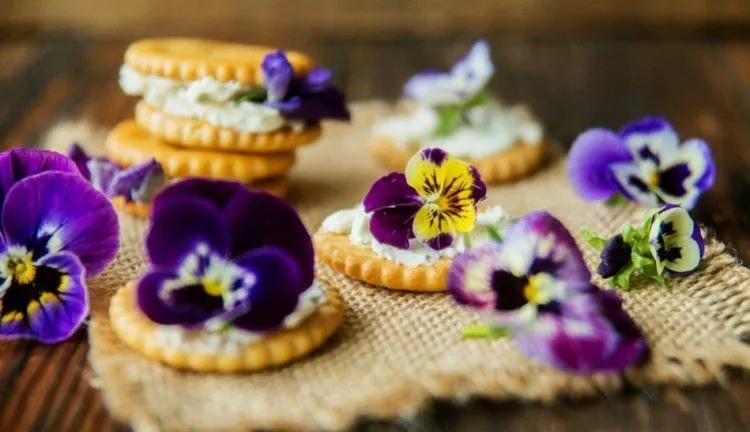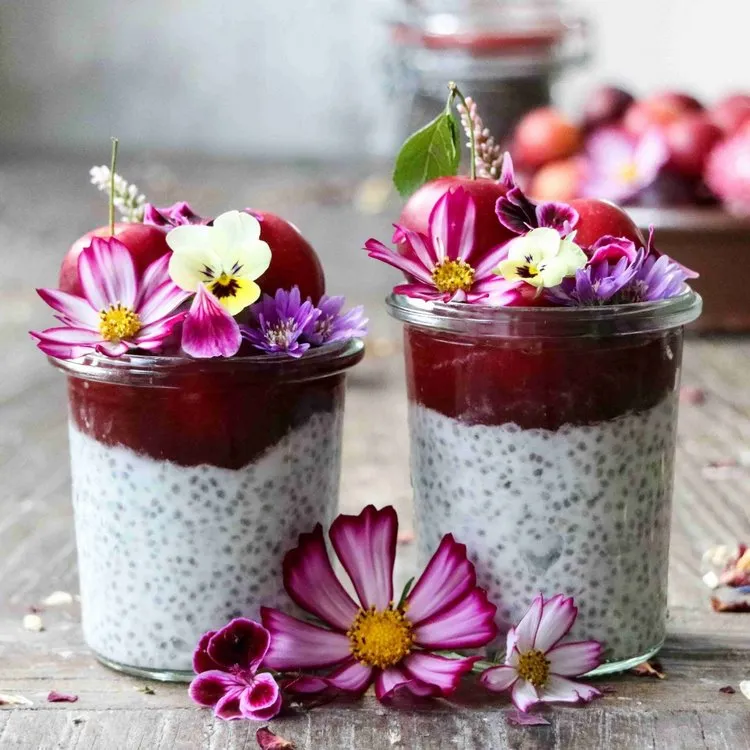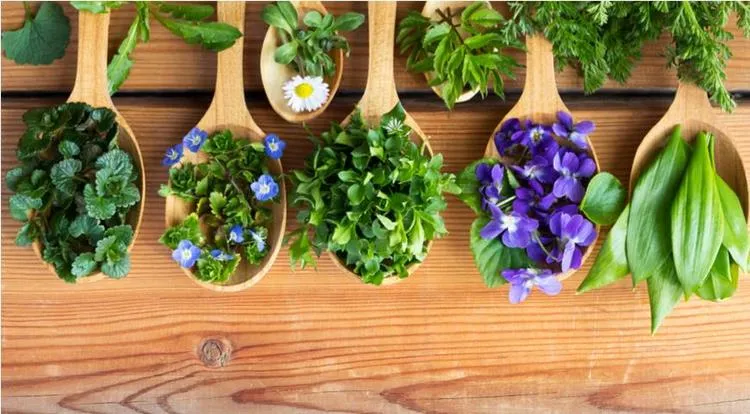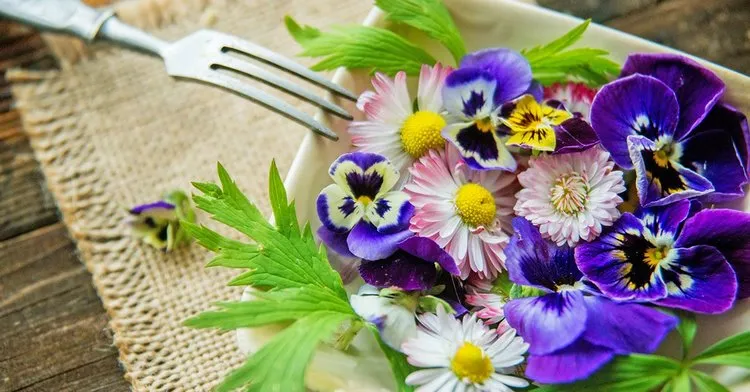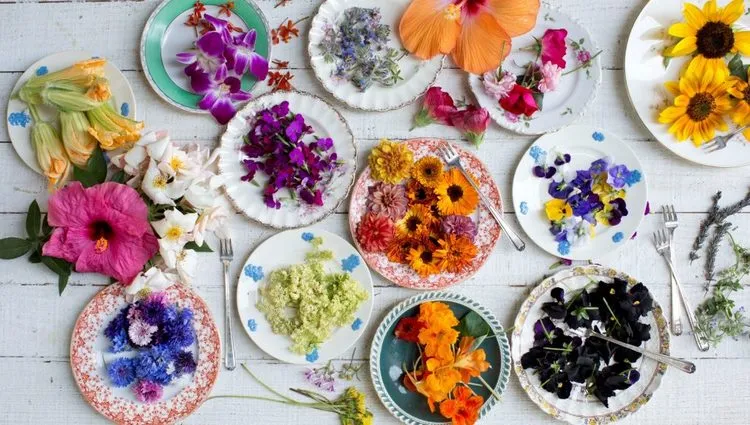Flowers are not just for beauty. If you thought that flowers are only good for bouquets, we can offer you another option. Do you know what edible flowers to grow in your garden or balcony? It is very likely that you already grow them and just don’t know that they are edible. We shall give you a list of the species that can make both your exterior and your dishes more beautiful!
Are All Flowers Edible?
No, not all flowers are edible. There are species that are really dangerous to health – for example, flowers of lily of the valley, daffodil, rhododendron, wisteria, hydrangea, buttercup, hellebore, black elderberry, tomato and potato.
Can Edible Flowers Cause Allergies?
Yes, they can. Allergy sufferers should not eat flowers. Even if you are certain that the flower is edible, first try just a little bit. If there is no allergic reaction, these flowers can be used in the future.
Also read: 6 Edible Plants For Baking, Cooking And Decorating That Anyone Can Grow At Home!
How to Use Edible Flowers?
You’ve probably seen photos of dishes and desserts decorated with beautiful flowers. Many people think it’s just for beauty but the truth is that you can use them in so many different ways! Here are just a few ideas:
- Add to salads and drinks.
- Decorate vegetable dishes, sweet pastries, and cheese spreads.
- Add them to tea in winter.
- You can decorate cakes and pastries with candied flowers like violets, rose petals or lavender.
- Freeze in ice and use to decorate drinks.
Before consuming any flower, always make sure that it is not poisonous and find detailed information about it from reliable sources.
- Only use flowers that have been grown sustainably and without the use of chemicals. Do not eat flowers picked near roads or industrial sites.
- It is not advisable to buy flowers to eat from flower stores, as they are designed to please the eyes, not the stomach, and may be treated with harmful substances.
- It is best to grow some flowers yourself or buy them from special farms that grow flowers exclusively for use in meals.
- Before consuming or adding flowers to dishes, do a test and eat one petal. That way you’ll know which variety you like and are more suitable.
- Rinse the flowers thoroughly and remove any unwanted and bitter parts.
What Are the Best Herbs to Grow In Your Garden or Balcony?
As you know, you can grow a variety of herbs and use them for fresh salads or in cooking. Herb gardens can be grown even indoors. From parsley and rosemary to basil, oregano, thyme and mint – the fresh green leaves of all these aromatic plants have their special place in the heart of any professional or home chef. Of course, beside the leaves, you can use the flowers of the herbs when they are in their blooming period. Do not hesitate to add oregano flowers, the flowers of chives, mint, dill, etc.
Other Edible Flowers to Grow In Your Garden or Balcony
The second group of edible flowers to grow in your garden or balcony includes blooming flowers. Here are the top varieties that you can grow:
Violets
Violets are great for decorating cakes and fruit desserts because of their bright appearance and variety of colors. But you can also quite easily add these fresh flowers to a vegetable salad or on sandwiches, as well as garnish first courses before serving.
Rose Petals and Rose Hip Flowers
The Queen of the garden is the most common edible flower in the world. Rose petals are used to make jams, jams, marmalade, teas, ice cream, and added to desserts.
Primrose
The leaves and flowers of the primrose are edible and can be used to make salads, add to soups or roasts.
Edible Flowers to Grow at Home – Pot Marigolds (Calendula)
Marigolds are radiant and beautiful but they also have a number of medicinal benefits. Not surprisingly, marigolds are used in many cosmetic products. Did you know that this is one of the edible flowers to grow in your garden or balcony? Many people use it as a substitute for saffron, as it is close to its taste and color. It has a slightly bitter taste and it is best to use it in moderation for cooking.
Dandelion
The dandelion is edible while in its flowering phase. Once it goes from yellow flowers to white fluff it is no longer edible. It has a sweet, honey-like taste. It can be eaten raw in salads or cooked in combination with meat and vegetables.
Nasturtium
All parts of nasturtiums are edible except the roots. The flowers have a pleasant fresh aroma and a slightly peppery taste.

